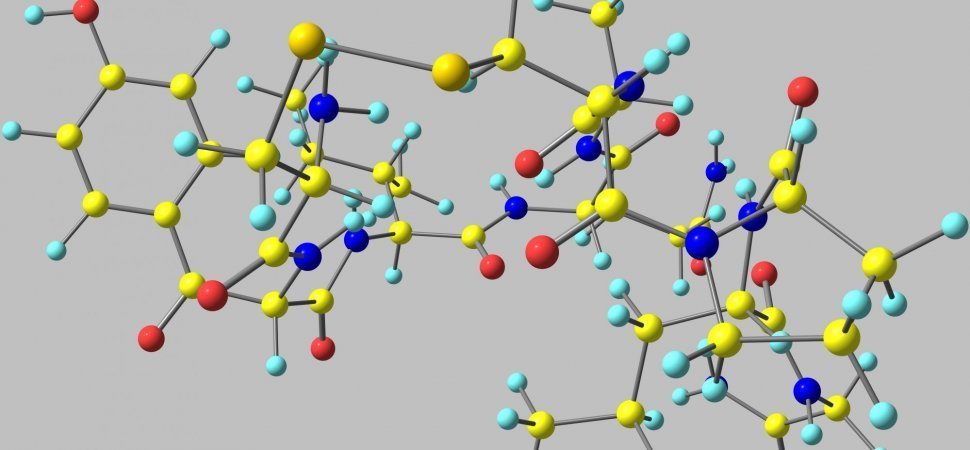
Over the last decade, compelling research from neuroscience continues to inform leaders and HR professionals on ways they can improve teamwork, productivity, and company performance.
But what’s the source of it all, scientifically speaking? What’s that one ingredient that makes some of the world’s best company cultures thrive and profitable?
Dr. Paul Zak has the answer. He is founding Director of the Center for Neuroeconomics Studies and the author of Trust Factor: The Science of Creating High Performance Companies.
Zak’s team discovered that trust is a key component that really makes work exciting, productive, and innovative. While that’s certainly not shocking newsflash, this may intrigue the senses: Back in 2004, Zak’s lab was the first to discover that the brain chemical “oxytocin facilitated trust, generosity, connection to others.” As it turns out, trust is a chemical. In Zak’s lab studies, oxytocin (OT) is what allows us to determine who to trust. And we’re finding that more companies are benefiting from OT in how teams perform work together.
8 building blocks of trust
Zak’s research identified eight building blocks to create a culture of trust. If you’re looking for a template to put into action, he conveniently frames these building blocks under the easy-to-remember acronym OXYTOCIN (what else?).
O is for ovation
This is Zak’s word for recognizing and praising high performers. When it happens immediately after a goal has been met, when it comes from peers, and when it’s tangible, unexpected, personal, and public, these factors have the largest effect on trust. Public recognition, says Zak, not only uses the power of the crowd to celebrate successes, but also inspires others to aim for excellence.
X is for expectation
This is setting hard but achievable goals that people can stretch to reach. Zak says that when a manager assigns a team a difficult but achievable job, the moderate stress of the task releases oxytocin (and the neurochemical adrenocorticotropin), which intensifies people’s focus and strengthens social connections when working together to reach a goal. But this works only if challenges are clearly defined and attainable, not vague or out of reach.
Y is for yield
This is allowing people autonomy — to choose how to manage people and execute projects in their own way, whenever possible. Autonomy has been know to promote innovation, because different people try different approaches. And being trusted to figure things on your own is a big motivator.
T is for transfer.
Transfer is enabling self management so people control their work lives. When employees are allowed to pick which projects they’ll work on, they focus their energies on what they care about most. Zak uses the example of Morning Star Company–the world’s largest tomato processor. According to their organizational vision, their goal is to create a company in which all team members “will be self-managing professionals, initiating communications and the coordination of their activities with fellow colleagues, customers, suppliers, and fellow industry participants, absent directives from others.” People don’t even have job titles; they self-organize into work groups at Morning Star.
O is for openness
This is allowing the sharing of information to flow both from leaders to employees and in the reverse. Organizations that exercise transparency and communicate openly and regularly with employees reduce uncertainty about where they are headed and why. In Gallup’s State of the American Manager report, a study of 2.5 million manager-led teams in 195 countries found that employee engagement improved when supervisors had some form of daily communication with direct reports.
C is for caring
This means intentionally building relationships with others at work. Experiments by Zak’s lab showed that when people intentionally build social ties at work, their performance improves. As they develop care and trust for one another, they perform better because they don’t want to let their teammates down.
I is for invest
High-trust workplaces invest in the professional and personal development of their people. It’s having a growth mindset to look after the whole person. Zak cites research by Carol Ryff and Corey Keyes from the University of Wisconsin at Madison that shows performance suffers when employees don’t grow as human beings. Managers should meet frequently to focus on the growth of their employees, and have conversations around family, work-life integration, and wellness.
N is for natural
Finally, this is allowing your authentic self to be seen; it’s showing vulnerability at work. When leaders in high-trust workplaces ask for help from their employees and peers instead of just ordering people around, Zak’s research found that “this stimulates oxytocin production in others, increasing their trust and cooperation,” which helps teams to reach business goals. Zak says, “Asking for help is effective because it taps into the natural human impulse to cooperate with others.”
Final thoughts
Zak’s team also found that oxytocin increases the experience of empathy. It acts as the chemical basis for the Golden Rule, says Zak. “If you treat me nice, my brain will generally make OT and I’ll be motivated to treat you nice, producing a trusting relationship.”
Put this all together, and you have the secret sauce of great work cultures. As Zak illustrates, when you increase trust at work, “team members more effectively coordinate cognitively and emotionally; just like jazz musicians, they easily riff off each other to make beautiful music.”
